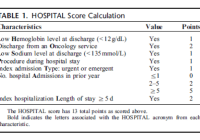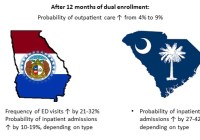Who treats Medicaid patients? And is the quality of care provided by these individuals the same as you might expect from a clinician who takes only private insurance? An article in the April 2016 issue of Medical Care sought to answer these questions.
Although more than 92% of physicians reported seeing at least one Medicaid patient in 2011, the median proportion of Medicaid patients, for both PCPs and specialists, was less than 6%. This suggests that a small group of providers is responsible for seeing the majority of patients with Medicaid coverage…
As a current medical student, this research struck a nerve, particularly because of the emphasis on IMGs and medical school ranking. … What is more important to me is to understand what I, as a future primary care provider, can do. How do I ensure that people with Medicaid coverage get timely and appropriate referrals to specialty care? How can I expand my provider network to better equip them with the tools they need to ensure their long-term, lasting health?































